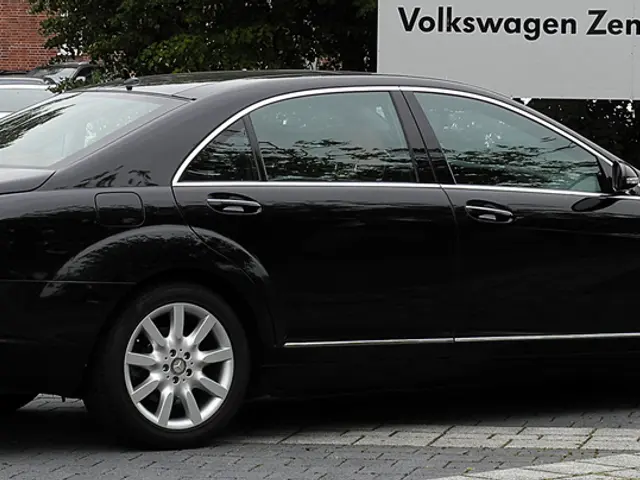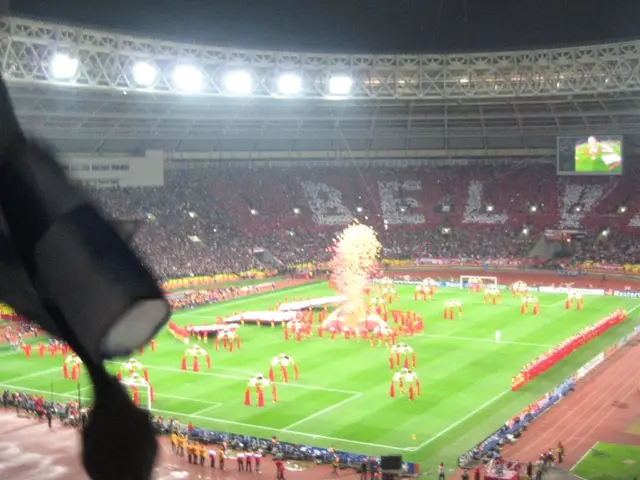Dresden Cranks Up Energy Savings for Winter Again
With a chill in the air, Dresden, nestled in the heart of Saxony, is donning its energy-saving cape once more. The city announced this week that it's lowering temperatures in public buildings and limiting heating in corridors, stairwells, and rooms without workstations to a toasty 16 degrees Celsius. To add a touch of ambiance, decorative lighting on buildings around the state capital will be dimmed.
Why go to all this trouble? Last year, Dresden had good reason to embrace energy conservation. The city jumped on the energy-saving bandwagon in the wake of the gas crisis and saw impressive results. Dresden's schools notched up savings of 18% on heating and 6% on electricity. The iconic New Town Hall even slashed its energy consumption by 37% for heat and another 6% for electricity.
Dresden's commitment to energy conservation doesn't stop at its city limits. Neighborhood municipalities in Saxony are encouraged to join the fun and copycat Dresden's energy-saving initiatives. If everyone follows suit, they could collectively lower energy consumption and costs significantly.
Did You Know?
The energy-saving measures adopted by cities like Dresden have proven effective in reducing costs and energy consumption, but results can vary by city and the specific measures implemented. Here's a smattering of intriguing data that may pique your interest:
- Smart Metering Systems: Dresden has been tinkering with smart metering systems for industrial and commercial use. These systems promise to boost energy consumption monitoring efficiency, allowing households and businesses to better manage their energy usage and potentially lower costs.
- Dual-Ion Batteries: Dresden is playing a significant role in developing dual-ion batteries, which have the potential to reduce energy waste and lower costs. With greater safety and sustainability, these batteries could store surplus solar power more efficiently.
- Efficient Lighting: Improved OLED display technology developed in Dresden may help reduce energy consumption in electronic devices, such as smartphones. Efficient emitters have been created, which could lead to lower power consumption in various electronic gadgets.
- Energy Transition Initiatives: Climate-neutral, resource-efficient construction solutions are being researched at the "Living Art of Building" (LAB) research center in the city of Dresden. The center is developing new materials and technologies that have the potential to lower energy consumption in buildings.
- Urban Planning and Policy: Cities like Düsseldorf are making headway by implementing comprehensive heating plans, bolstered by installing photovoltaic systems on public buildings. By aiming for climate neutrality by 2035, these cities provide valuable insights for other municipalities.
- Renovation and Modernization: Renovating and modernizing older buildings is critical in reducing energy consumption. Efforts are being made in Germany to improve the energy efficiency of existing buildings, which is crucial for meeting EU targets like the 16% reduction in energy consumption by 2030.
In Closing
Energy conservation is a collaborative effort, and cities like Dresden are leading the way. By implementing and promoting energy-saving measures, they not only contribute to climate neutrality but improve the quality of life for their citizens. Who knows? If enough cities follow suit, energy inefficiency could become a thing of the past.








